The Korean Peninsula has suddenly become the hottest it has been in 70 years, to the point that many experts say the two sides are gradually falling into a situation of "on the brink of war".
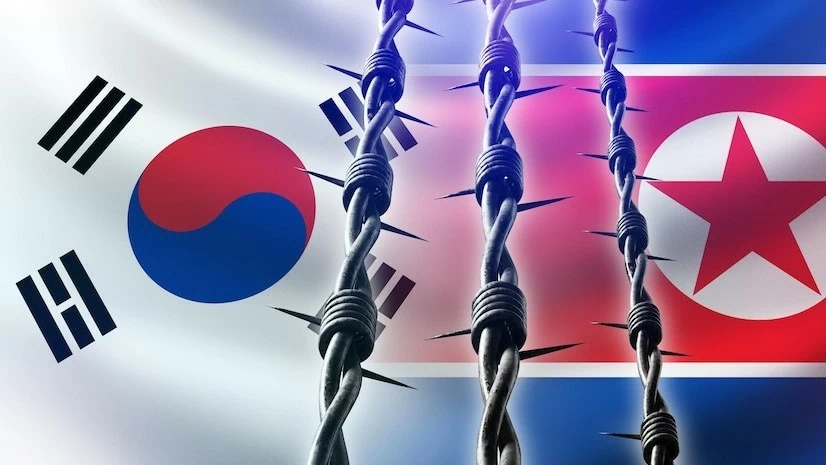 |
| Despite escalating tensions, South Korea and North Korea are not ready for a full-scale conflict with unpredictable consequences. (Source: AP) |
Hot for what?
Inter-Korean roads and railways, symbols of the effort to connect the two sides, were destroyed. Furthermore, the confrontation was legalized by North Korea by amending the Constitution, defining South Korea as an enemy. Along with very strong statements, the armies of both sides were put in a state of "loaded bullets". The guns have not been fired yet, but the tit-for-tat actions have made the international community feel like they are sitting on hot coals.
After the 1953 Armistice Agreement, South Korea and North Korea followed two opposite paths. Despite efforts to seek opportunities for cooperation and reconciliation, Pyongyang and Seoul lacked genuine trust in each other.
Despite Western sanctions, North Korea publicly confirmed that it was a nuclear-armed state. South Korea was uneasy and sought military support from its allies. After “soft” moves failed, Seoul switched to a harder stance. Both sides made tit-for-tat moves, making the path to unification more distant.
For many years, the desire for denuclearization and the search for a path to unification have been the two fundamental factors that have kept inter-Korean relations in a state of confusion, sometimes tense, sometimes loose. Now that these two factors have changed significantly, the parties have to make new calculations with different priorities.
The situation inside is like that, but the outside is adding fuel to the fire. During President Donald Trump's presidency, the US has been leaning towards dialogue and negotiations to get Pyongyang to stop its nuclear program in exchange for lifting sanctions and reducing external pressure. The current US administration has followed a hard line, establishing a US-Japan-South Korea alliance, ready to deploy a "nuclear umbrella", to encircle and deter Pyongyang. The US and its allies do not hide their goal of changing North Korea according to the South Korean model.
Pyongyang has the “nuclear card” and is more confident after signing a comprehensive strategic partnership agreement with Moscow. In it, there is an important clause that both sides are ready to provide military support in case of invasion or security threat.
With that background and factors, the situation on the Korean peninsula becoming heated is not too surprising and not too difficult to explain. The question is why is it heating up at this time?
Timing and messages
The hot spots have lasted for years and months, but the notable point is that they almost all climbed to a new level of tension in the second half of October 2024. One of the fundamental reasons is to target the US presidential election which is only a few days away and is entering a tense period. The choice of American voters will be related to Washington's global strategy and foreign policy in the next term, especially in key areas.
Although the causes and targets are different, the conflicts in Ukraine, the Middle East, tensions on the Korean peninsula and other hot spots are all related to geopolitical confrontation between major powers and the strategies and policies of the US-led West.
The US is struggling with two hot spots in Ukraine, the Middle East and a trade war with China at the same time. Another war on the Korean peninsula would add to the difficulties, which is something the White House boss does not want at this time.
Therefore, conflicts and hot spots are all related and impact each other. Tensions in one region may force the US and the West to reduce support and involvement in other regions. While the US government focuses on solving domestic problems, complicated elections, and does not want the war to break out of control, the conflicting parties all want to create a fait accompli, gain the greatest possible advantage, and be ready to respond to new fluctuations.
Not only sending a message to American voters, Pyongyang also wants to affirm that the West's policy of embargo, sanctions, and deterrence is and will fail. Washington needs to change its policy of regime transformation, accepting two states to exist long-term on the Korean peninsula.
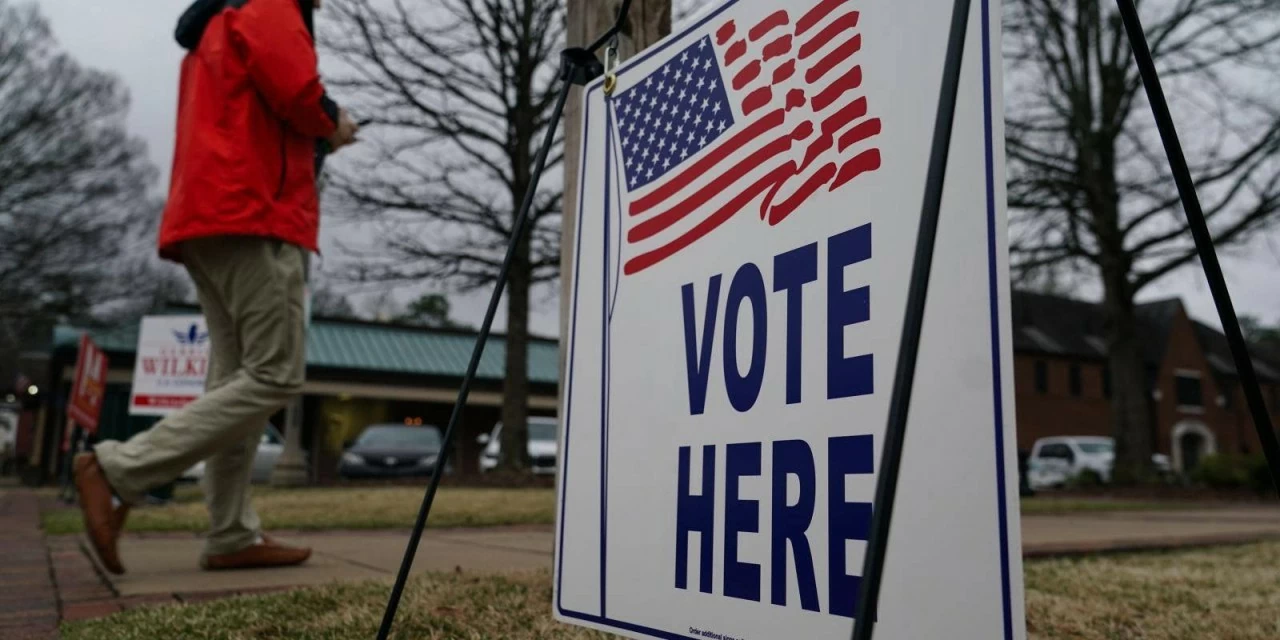 |
| The Korean Peninsula is heating up amid the tense US presidential election. (Source: NBC) |
War Scenario
Both Seoul and Pyongyang have made tough statements and taken actions ready to retaliate. But in truth, they are not ready for a full-scale conflict with unpredictable consequences.
If war breaks out, North Korea will have to confront the United States, Japan and several other Western countries. Beijing will support and provide weapons, equipment and materials, but for the sake of national interests, they will not directly involve their troops as in the previous Korean War (1950-1953). Moscow is entangled in the war and its ability to provide support is also limited.
While the world is facing many hot spots, maintaining a state of "brink of war" is also a way for North Korea to react, forcing the US and its allies to consider and calculate certain concessions.
Tensions on the Korean Peninsula are not just a private matter between North Korea and South Korea. They have a major impact on the US’s Asia-Pacific strategy. Behind that hot spot is the confrontation between the US and its allies and the axis linking China, Russia and North Korea. The outbreak of war could easily draw in allies and partners from all sides, while they have many other concerns.
Maintaining a certain level of tension can also be a way for major powers to contain each other and make strategic calculations in the Asia-Pacific and other regions. Therefore, Pyongyang and Seoul cannot decide on their own whether a full-scale conflict will erupt.
Given the strategic intentions of the major powers and the current balance of power, a full-scale conflict on the Korean Peninsula is not entirely beneficial to all parties. Therefore, the possibility of a war between North Korea and South Korea is unlikely.
But as the symbol of the inter-Korean connection has been destroyed, it will be difficult for both Pyongyang and Seoul to return to their previous state. The old boundary has been crossed, war is not desired, and the tension on the Korean peninsula will continue to be complicated.
Tensions on the Korean Peninsula, like conflicts in other regions, depend on how the two sides handle and control their conflicts and on the influence and influence of the major powers. The most important issue now is for the parties to exercise restraint and not let the situation get out of control. The major powers should not add fuel to the fire for their own benefit.



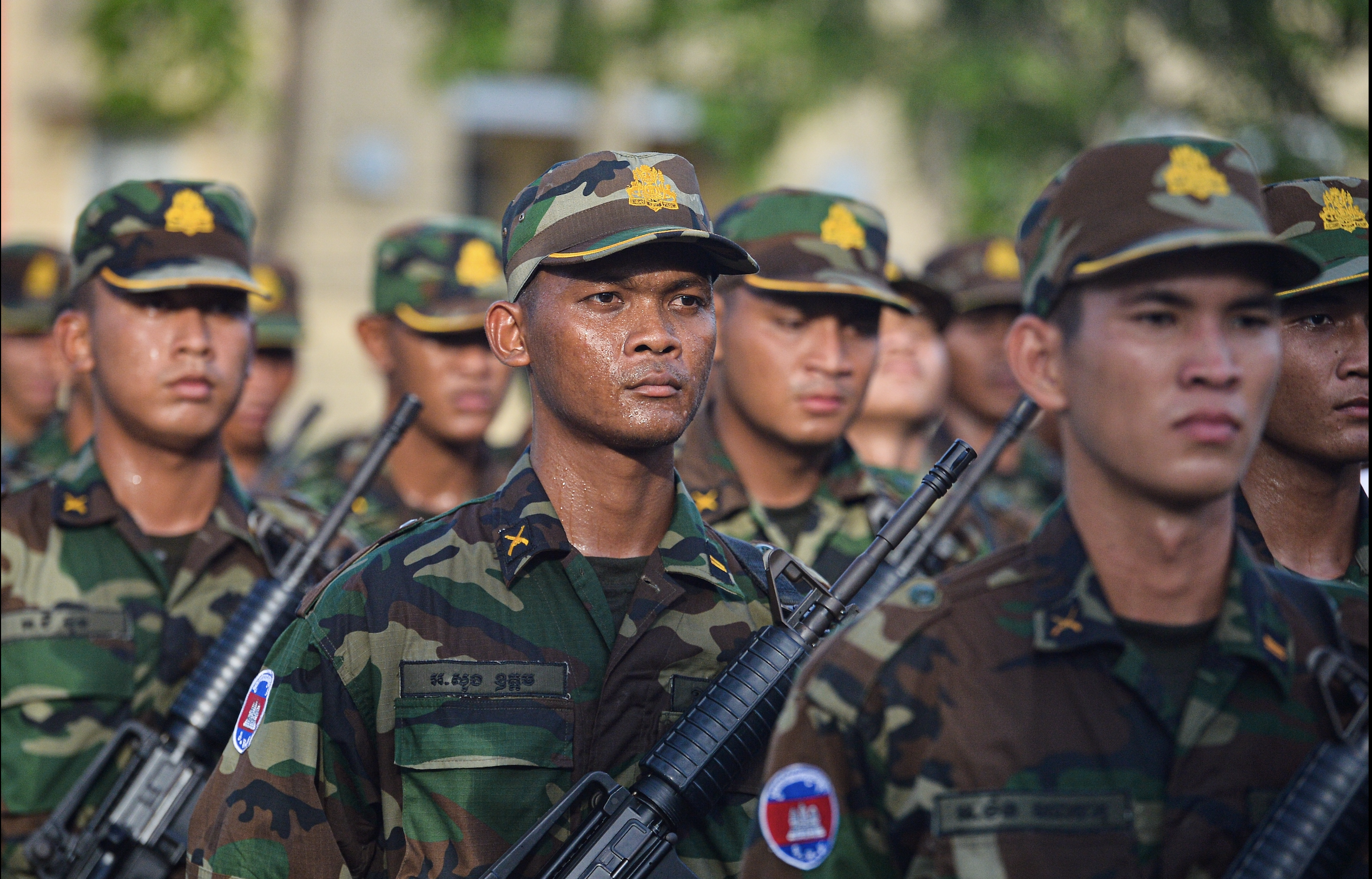




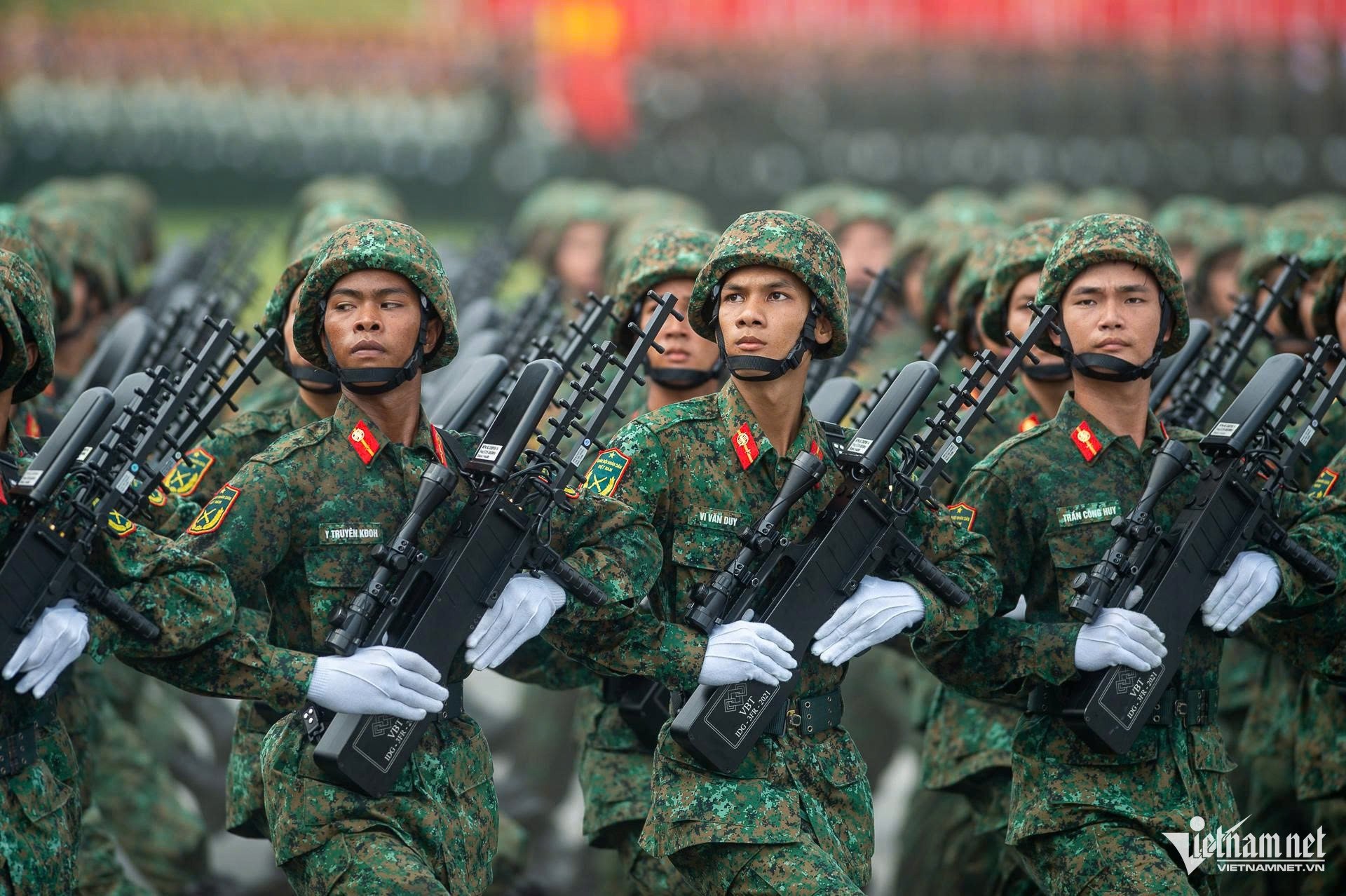
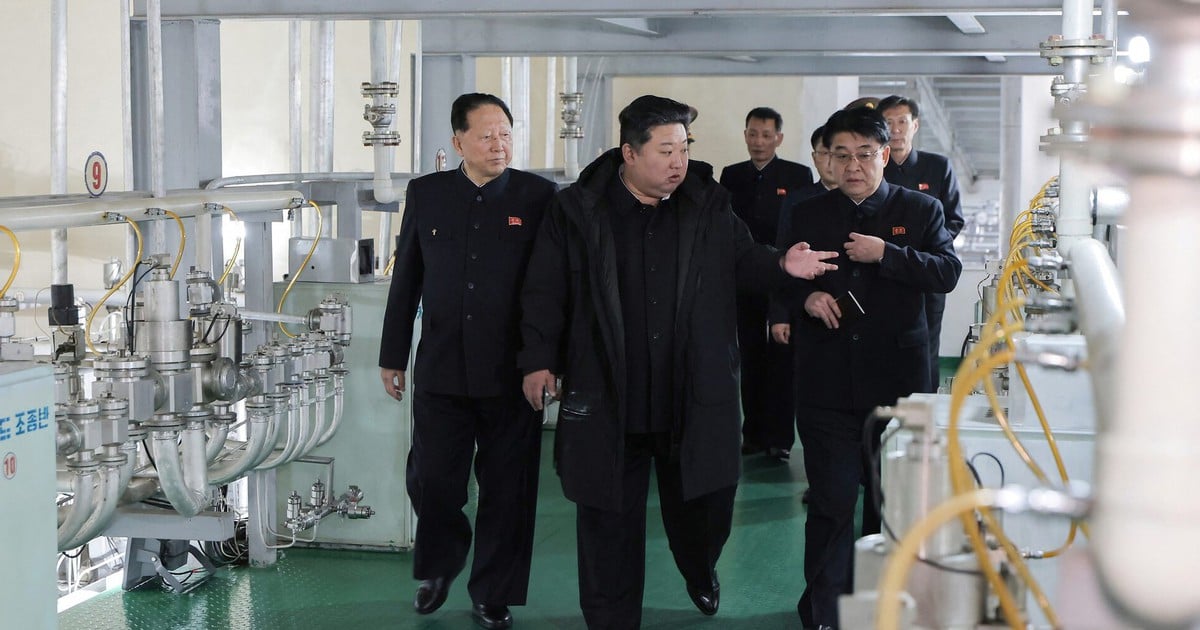


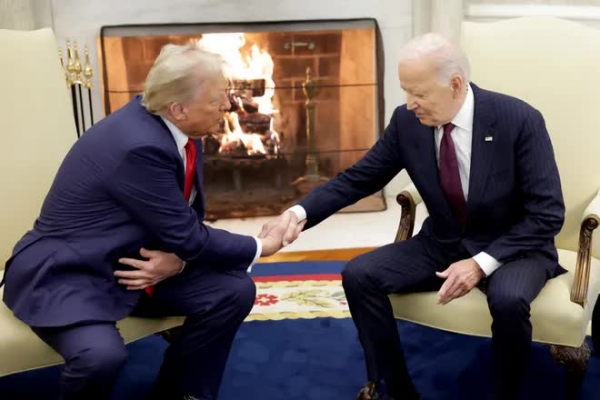

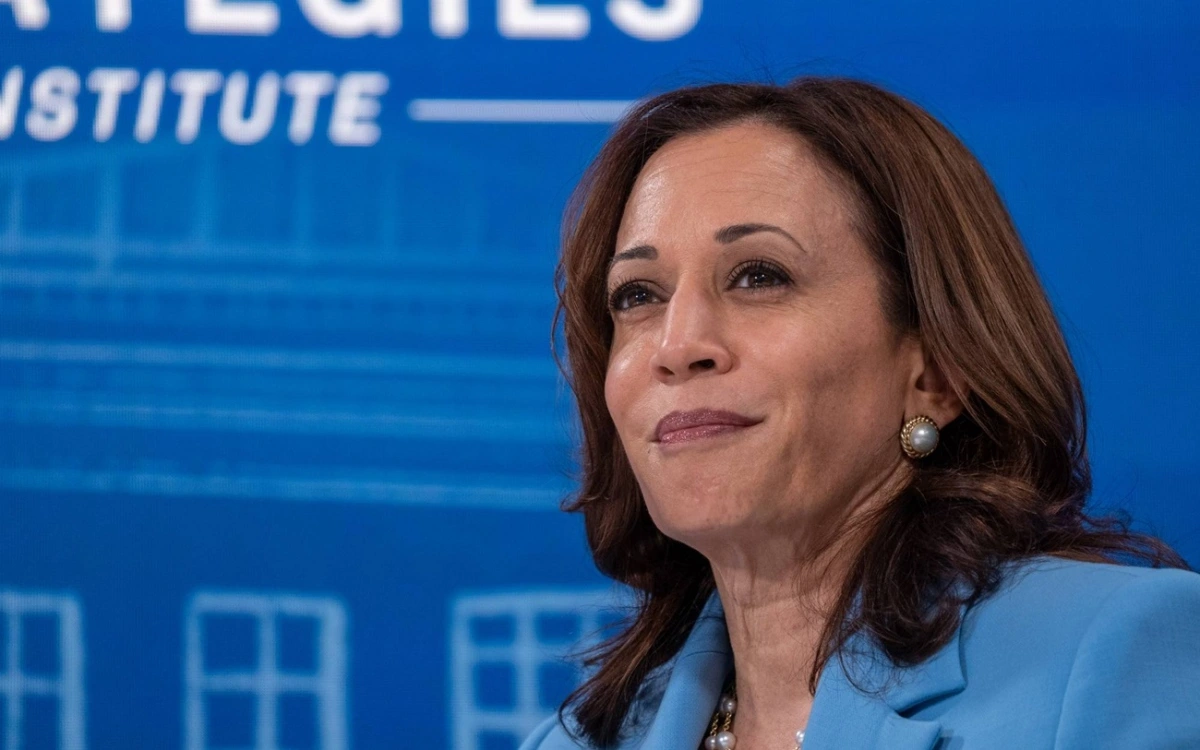

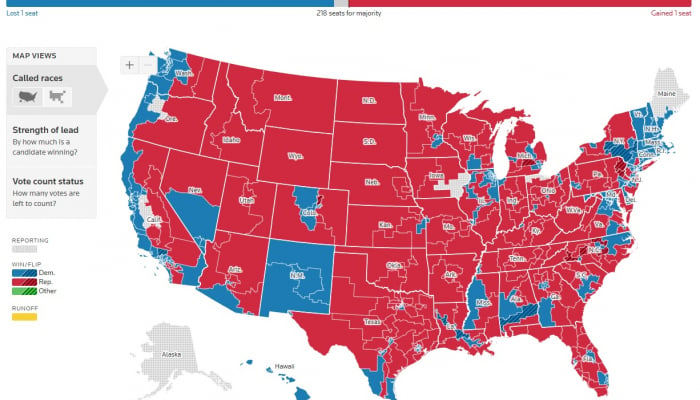

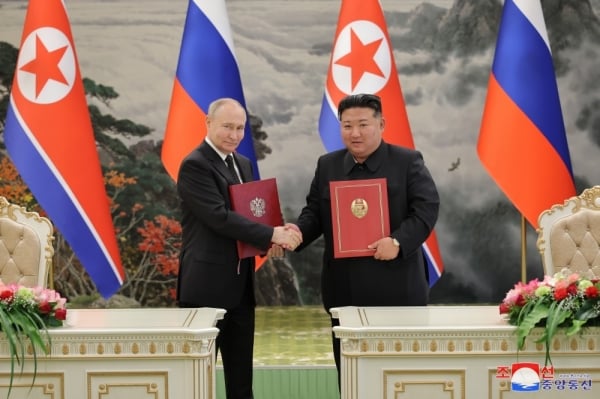
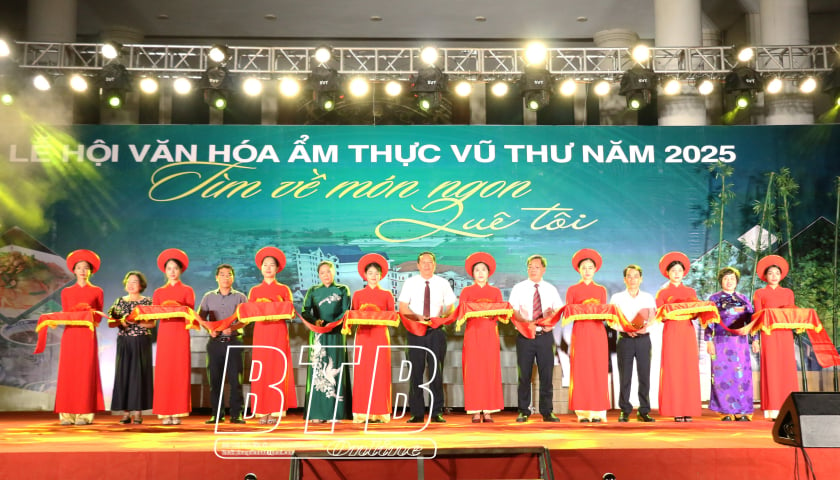



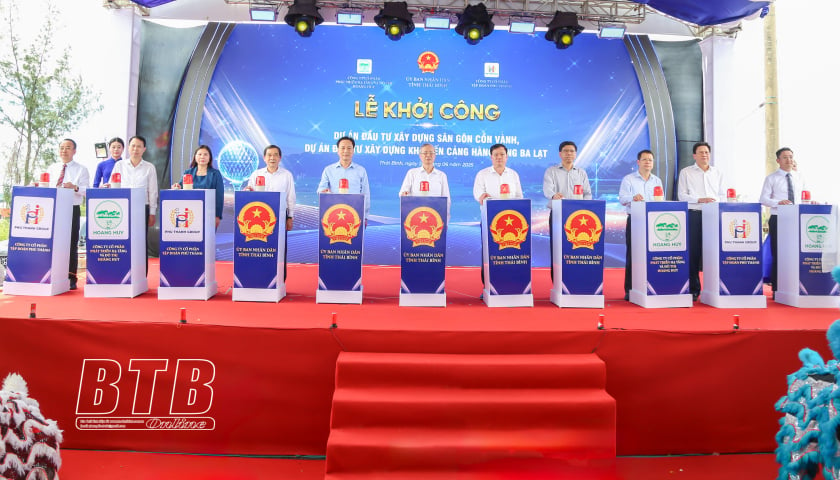
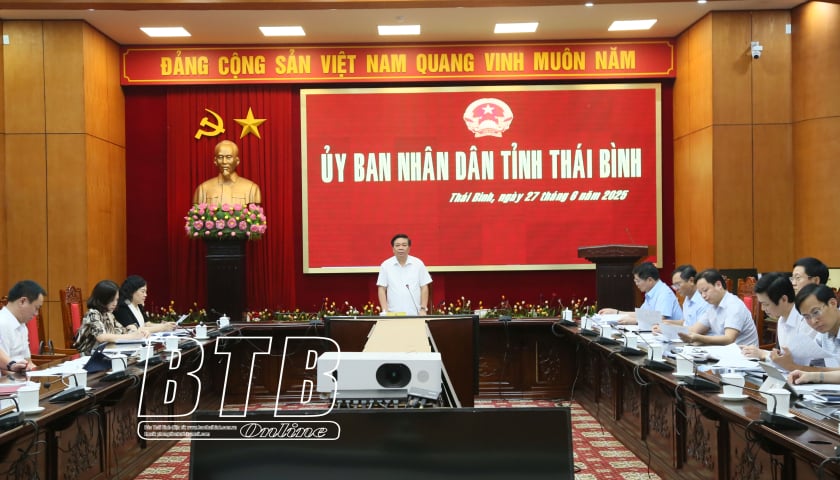



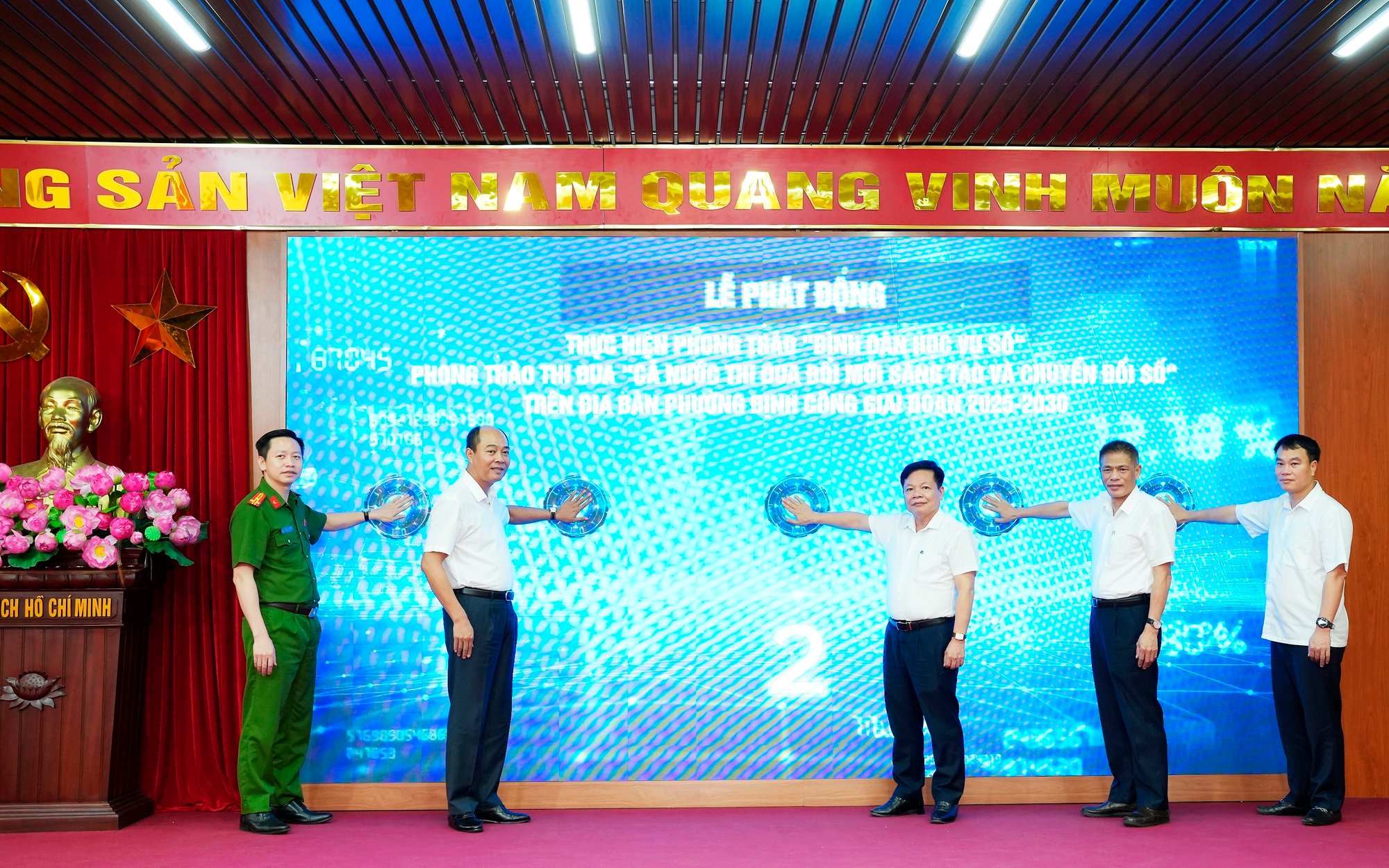
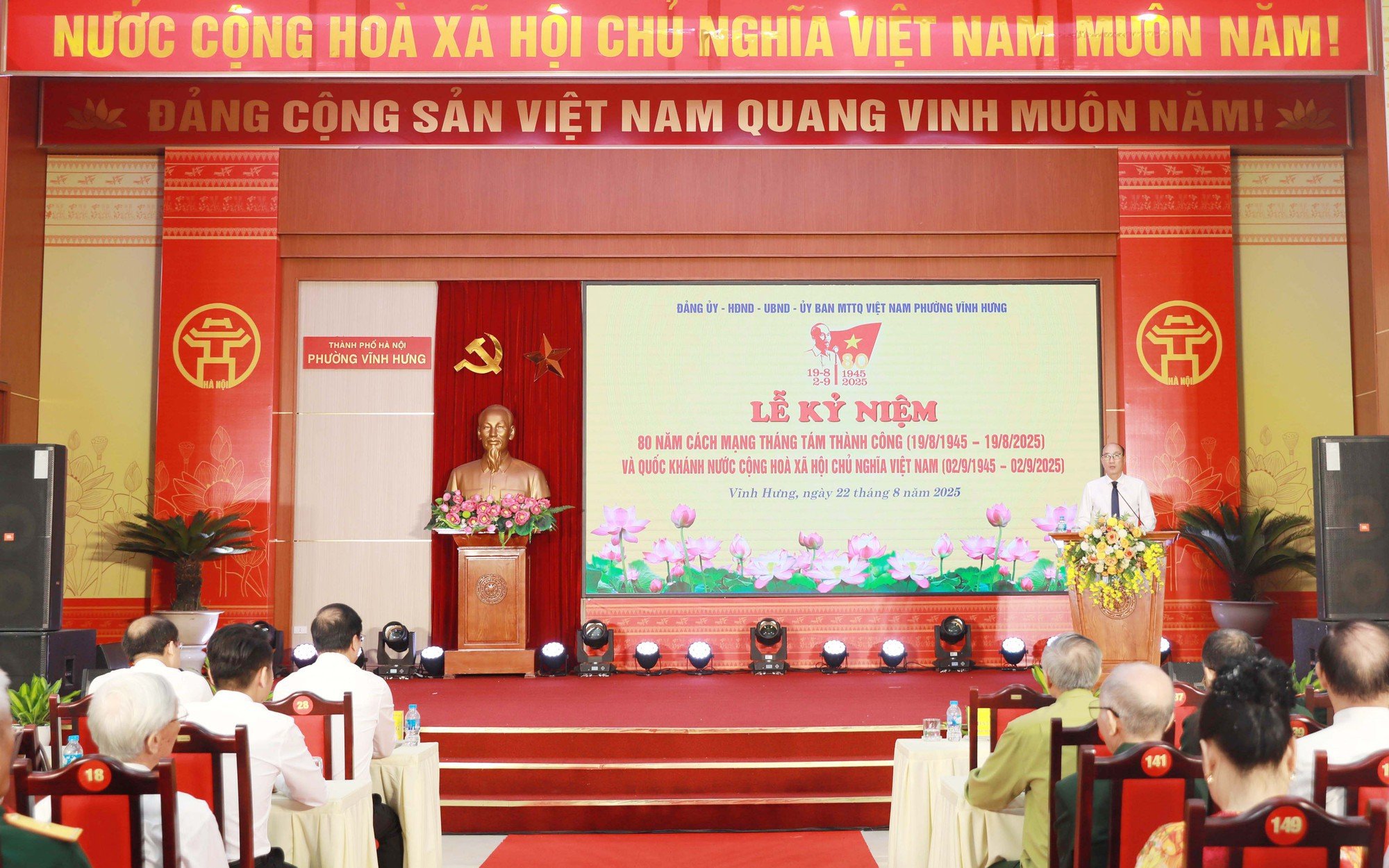

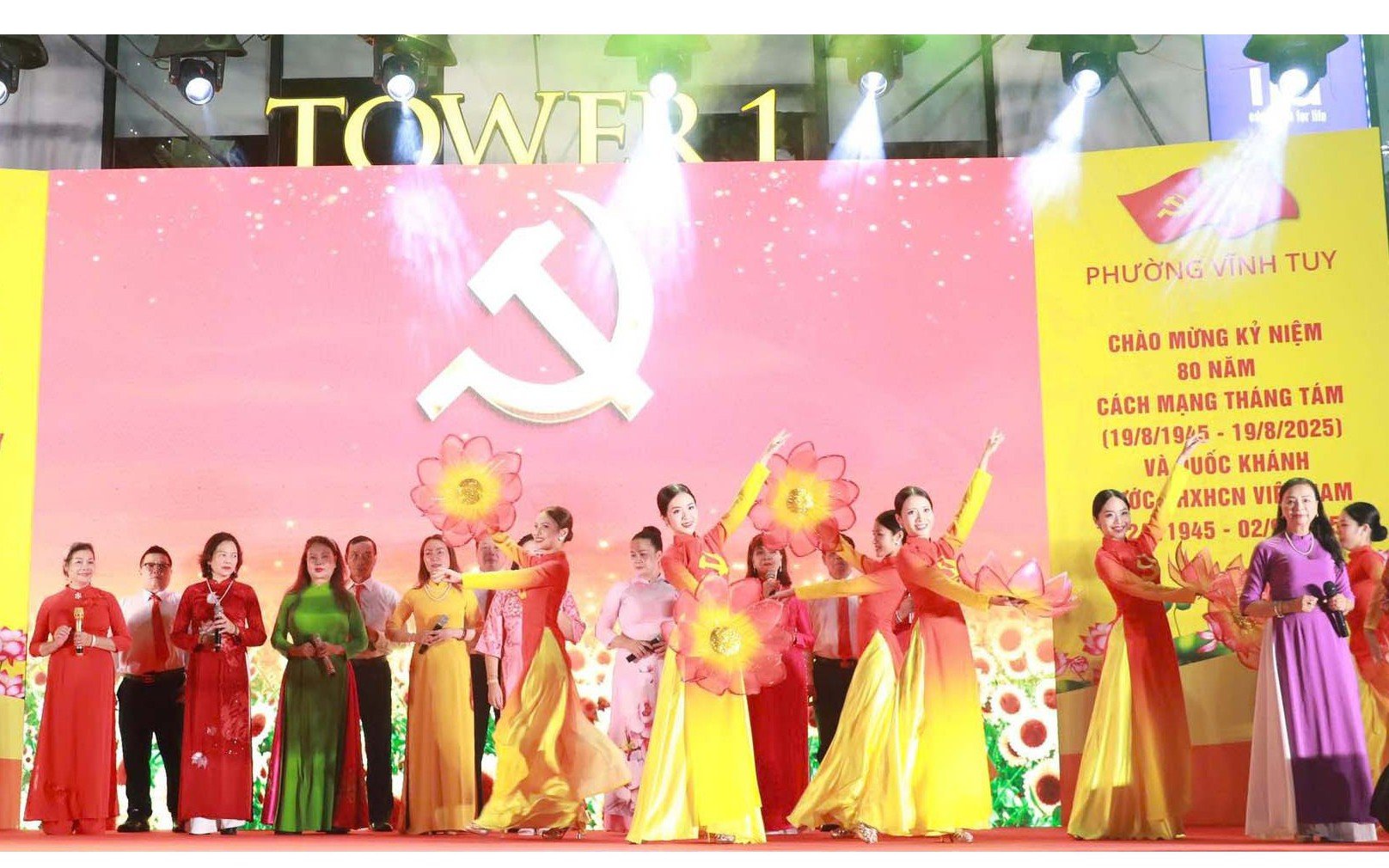

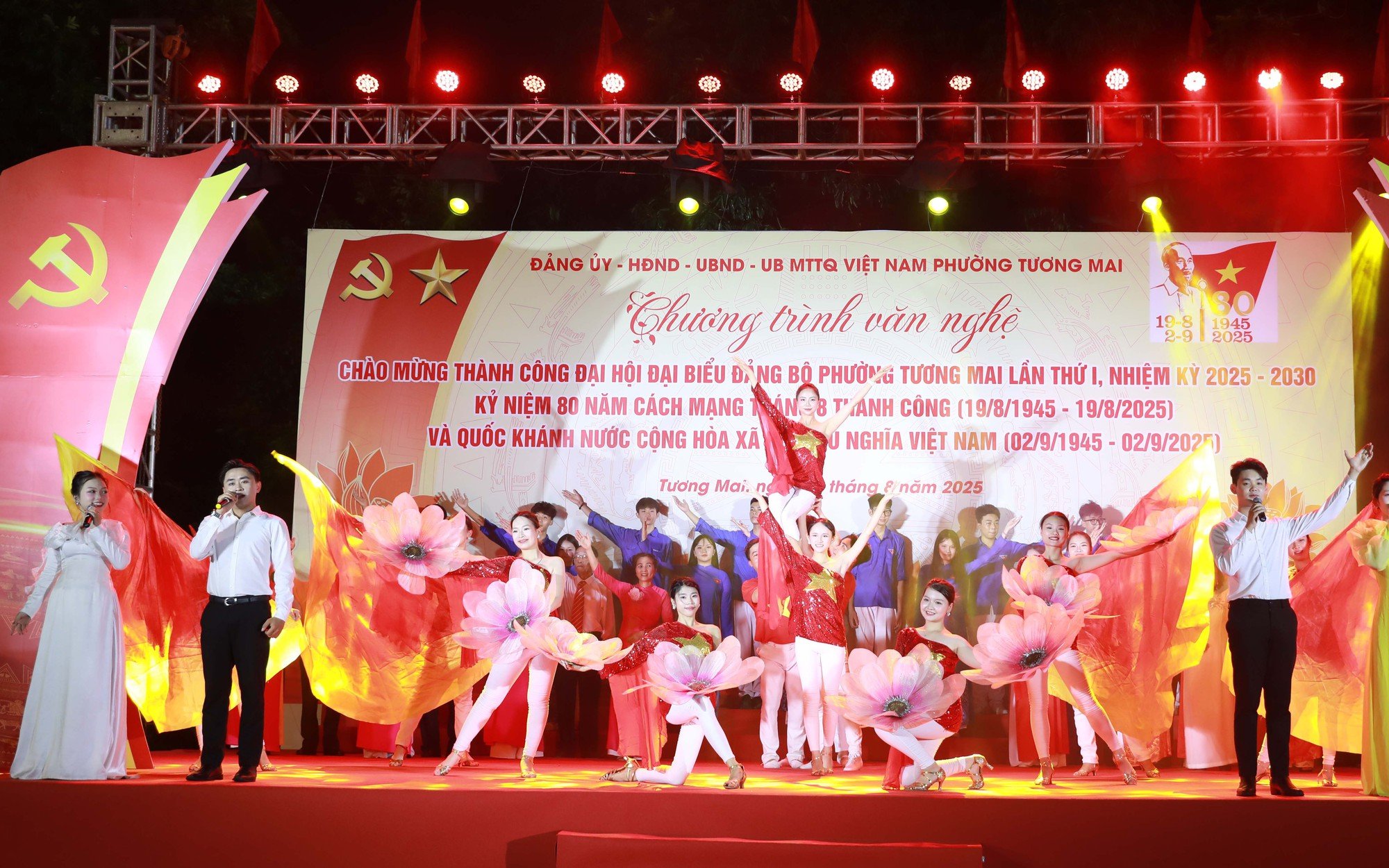
![[Photo] President Luong Cuong attends special political-artistic television show "Golden Opportunity"](https://vstatic.vietnam.vn/vietnam/resource/IMAGE/2025/8/22/44ca13c28fa7476796f9aa3618ff74c4)
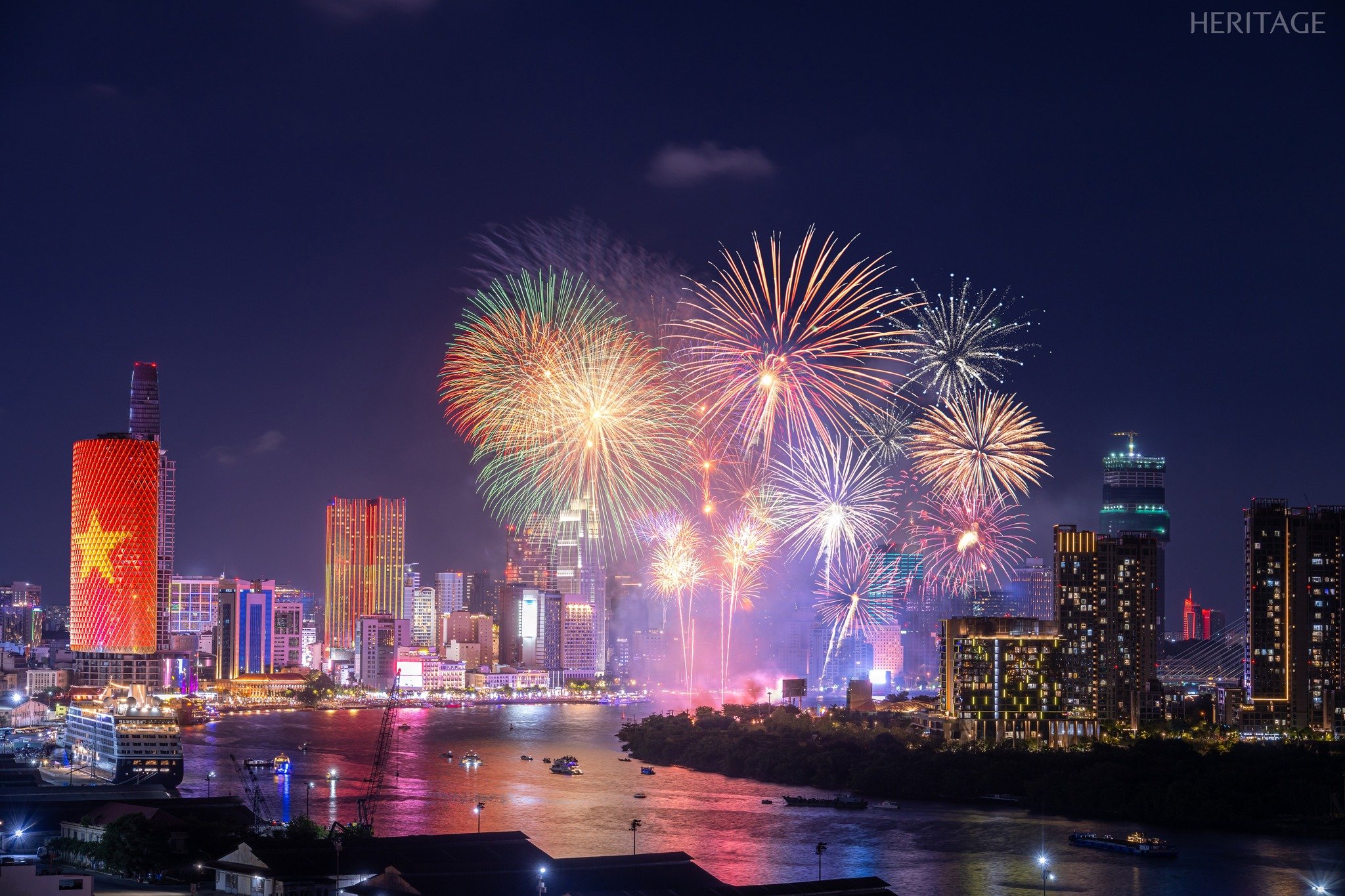


































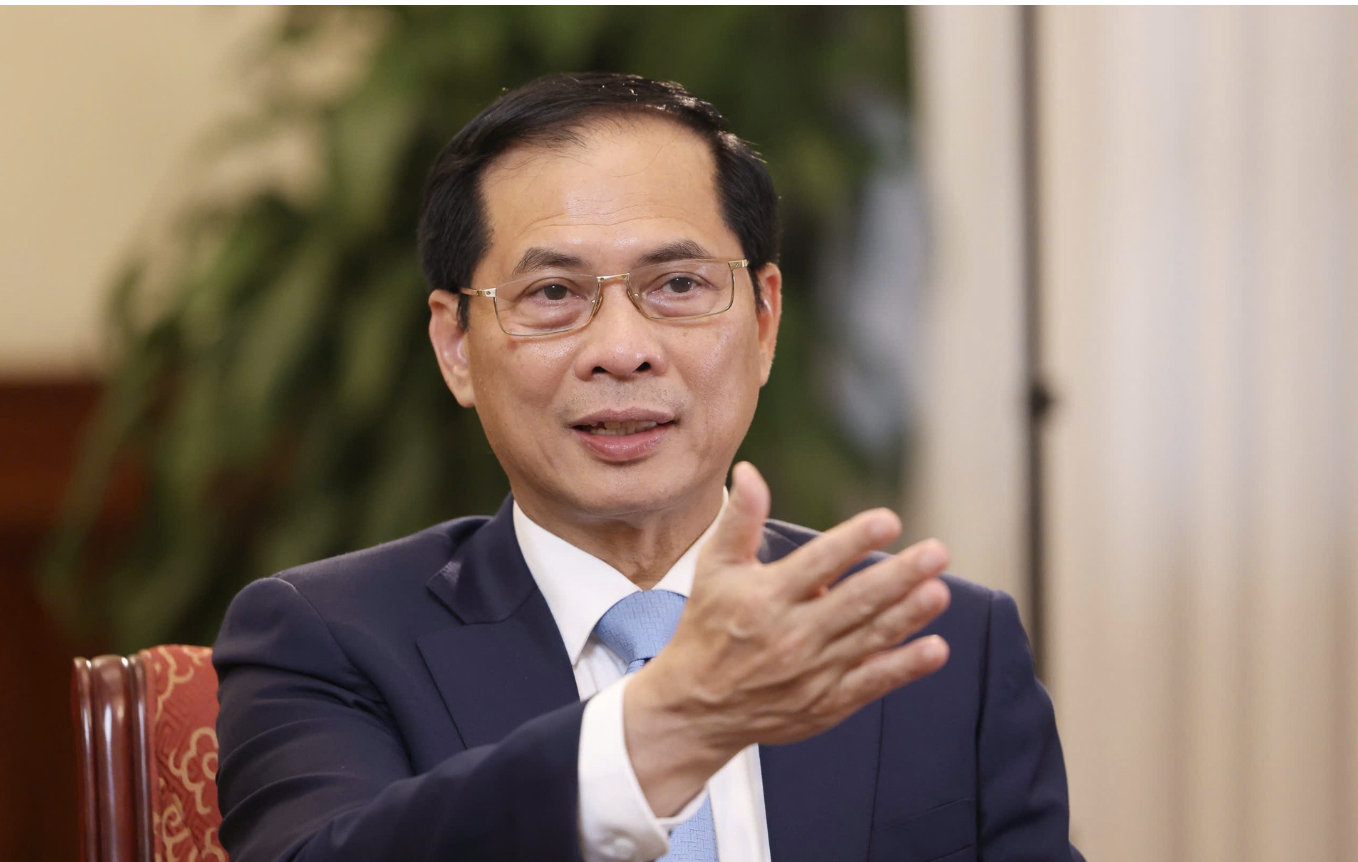

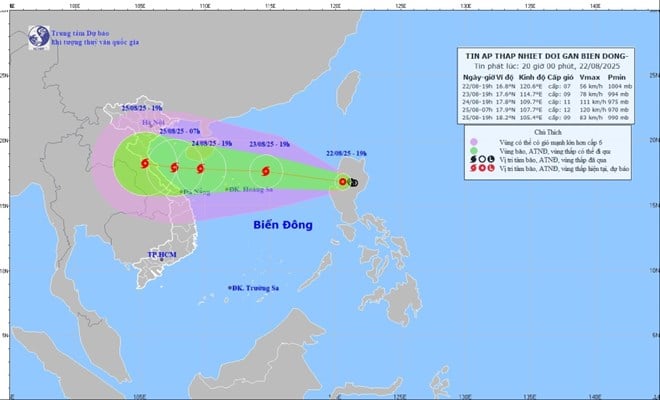

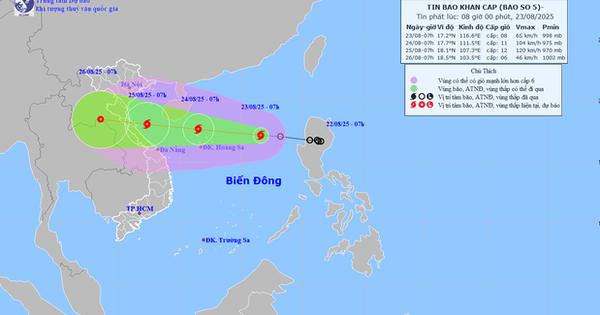




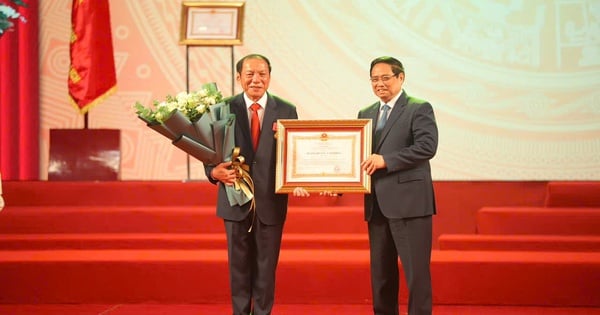
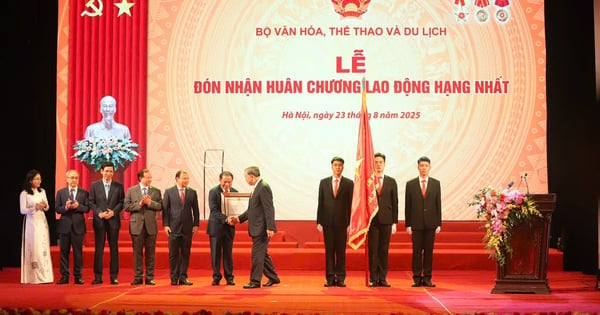
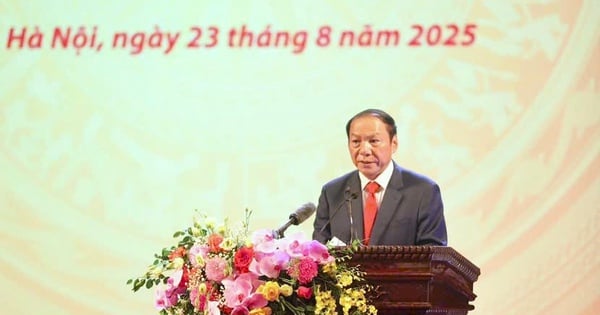
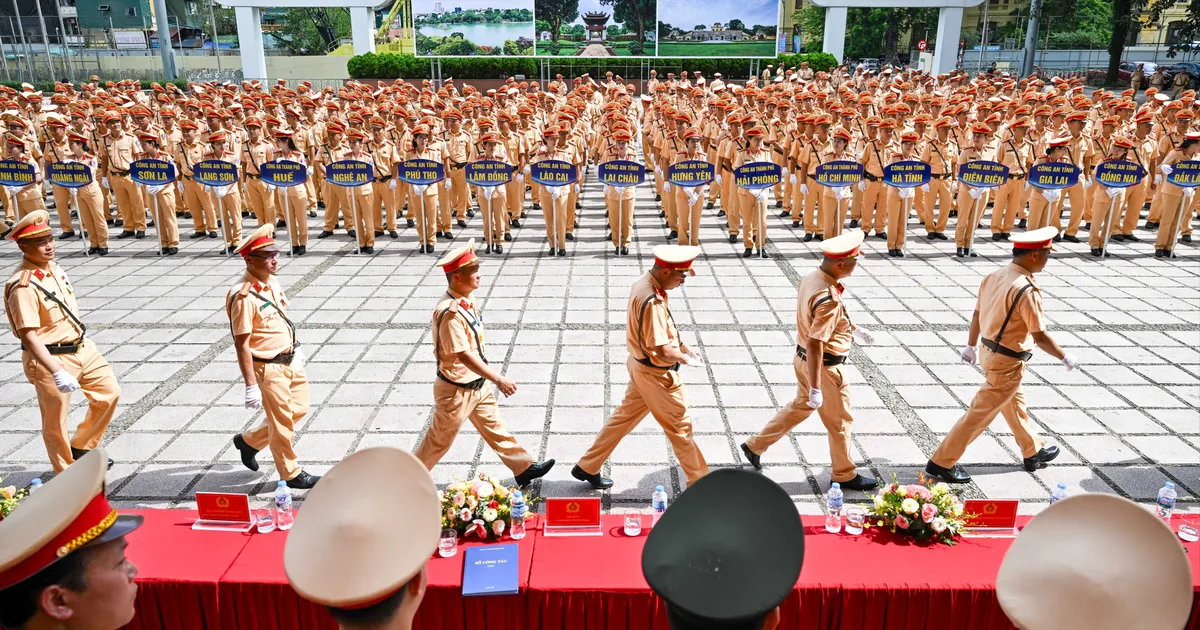



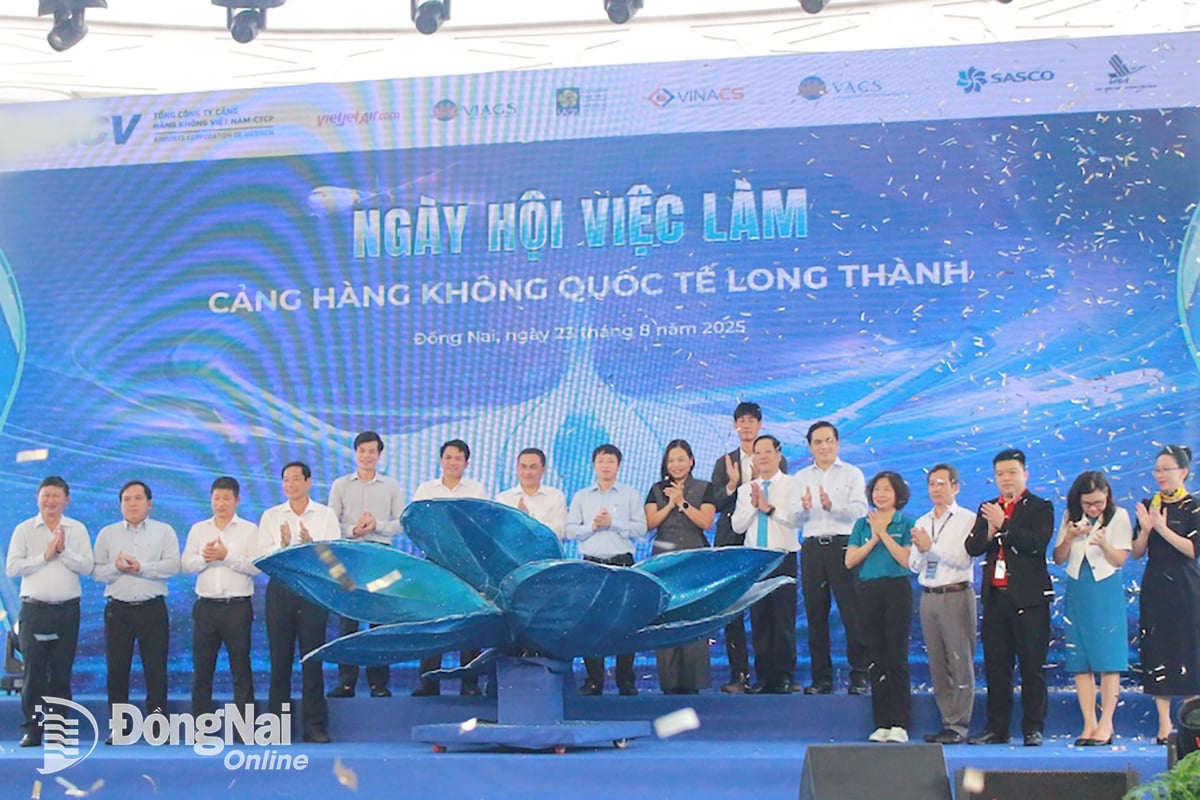

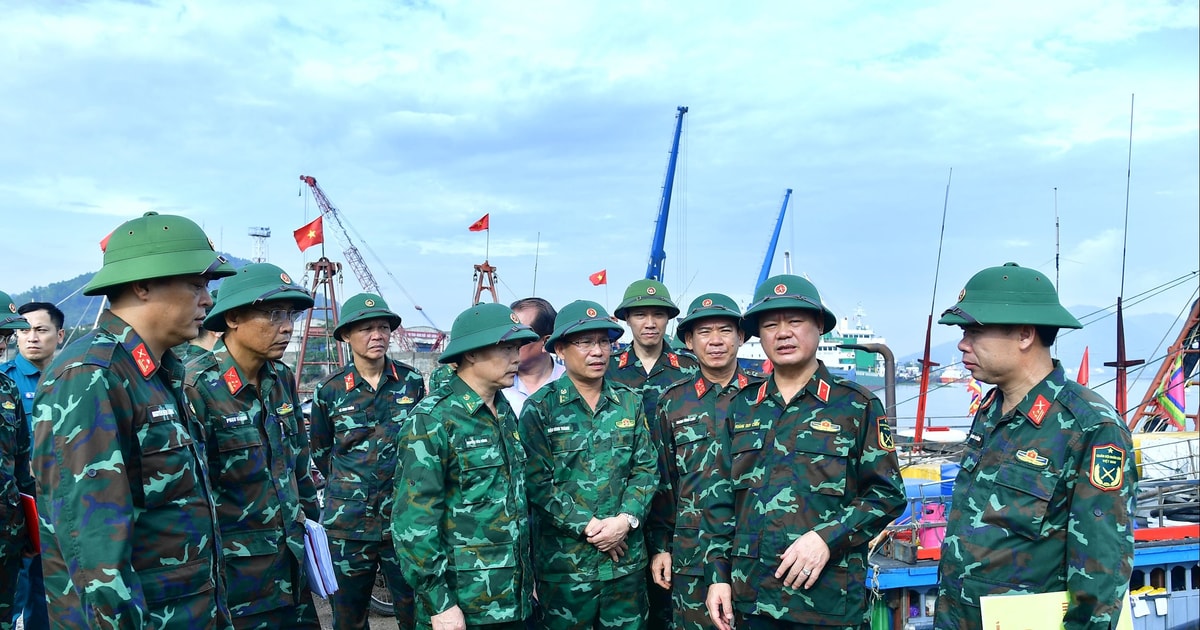

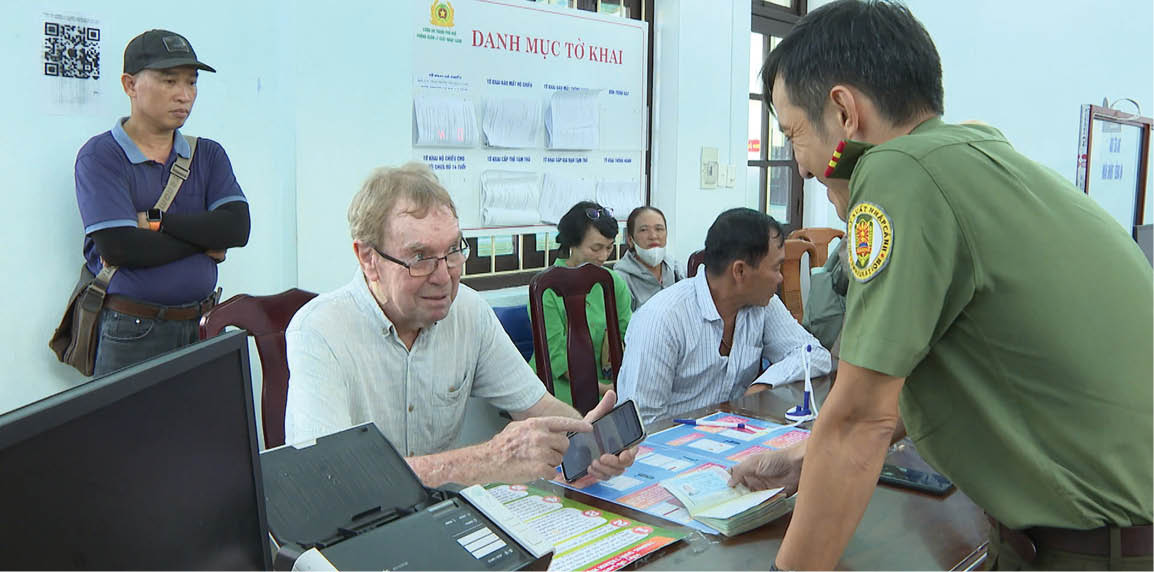






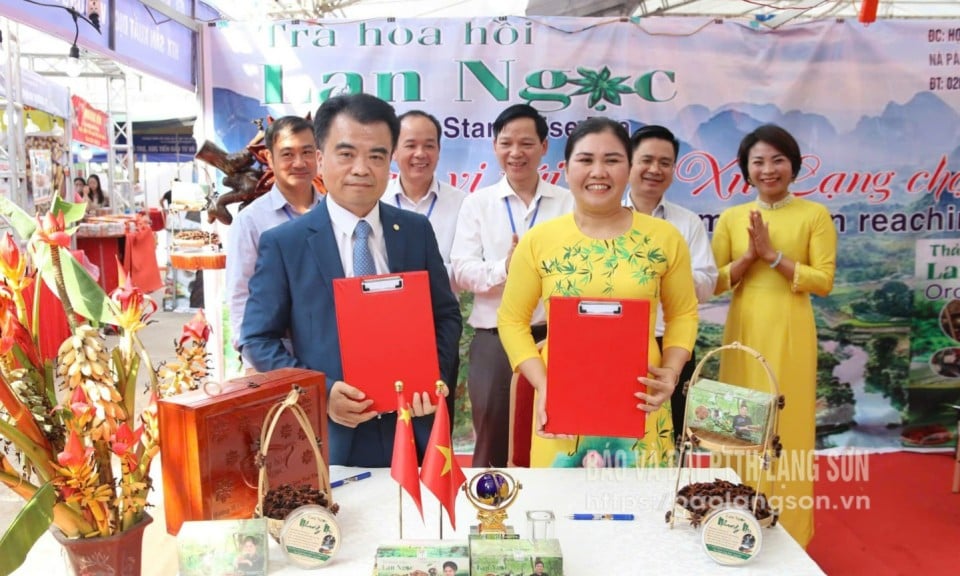









Comment (0)